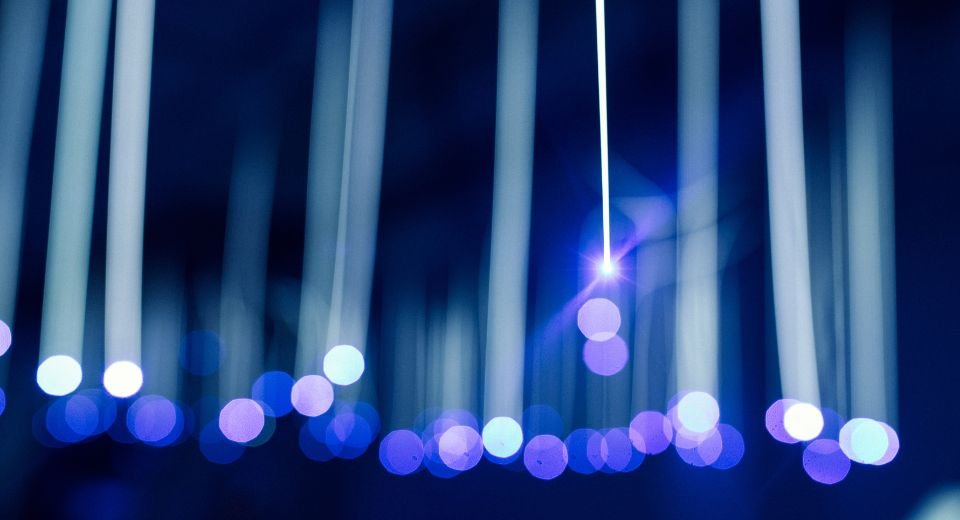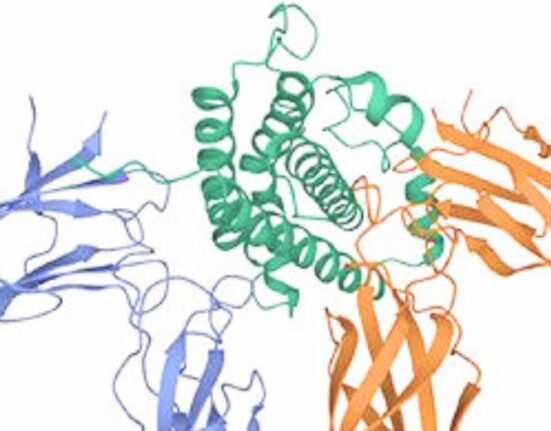HQ Team
January 6, 2023: US scientists have developed a low-cost way to harvest waste energy from visible light communication by using the human body as an antenna.
Scientists working at the University of Massachusetts Amherst used 6G wireless technology to explore the possibility of visible light communications (VLC), or flashes of light, a wireless version of fiberoptics, to transmit information.
The waste energy from light-emitting diodes or LEDs can be recycled to power an array of wearable devices and larger electronic gadgets. The main advantage is that VLC infrastructure is already everywhere.
Homes, vehicles, streetlights and offices are all lit by LED bulbs, which could be transmitting data.
Earlier, scientists discovered that there was significant energy leakage in VLC systems because the LEDs also emit “side-channel RF signals,” or radio waves. If harvested, the leaked energy can be put to use.
“VLC is quite simple and interesting,” said Jim Xiong, professor of information and computer sciences at UMass Amherst and the paper’s senior author. “Instead of using radio signals to send information wirelessly, it uses the light from LEDs that can turn on and off, up to one million times per second.”
Smartphones, laptops
“Anything with a camera, like our smartphones, tablets or laptops, could be the receiver,” Xiong said.
The team’s first task was to design an antenna out of coiled copper wire to collect the leaked RF, and then the challenge was to maximise the collection of energy. They noticed that the efficiency of the antenna depended on what it touched.
After various methods to improve efficiency, they wanted to see what happened when the coil was in contact with a human body.
It became apparent that a human body was the best medium for amplifying the coil’s ability to collect leaked RF energy, up to ten times more than a bare coil alone.
Then the scientists came up with “Bracelet+,” a simple coil of copper wire worn as a bracelet on the upper forearm.
Less than 50 cents
The design can be adapted for wearing as a ring, belt, anklet or necklace, and bracelet and offers the right balance of power harvesting and wearability.
“The design is cheap—less than fifty cents. Bracelet+ can reach up to micro-watts, enough to support many sensors, such as on-body health monitoring sensors that require little power to work owing to their low sampling frequency and long sleep-mode duration.
“Ultimately, we want to be able to harvest waste energy from all sorts of sources to power future technology,” Xiong said.








